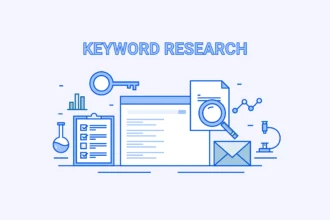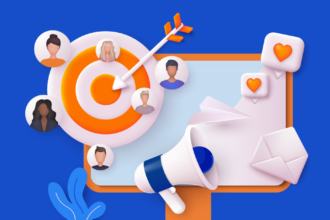Monetization isn’t just about charging users, it’s about designing a revenue model that aligns with user behavior, enhances engagement, and scales effectively. A weak strategy leads to user churn, while a well-planned approach maximizes revenue without disrupting the experience.
If you’re a product manager looking for a structured, intent-driven roadmap, here’s your step-by-step guide.
Step 1: Choose the Right Revenue Model Based on User Behavior
Before introducing monetization, you need to analyze how users interact with your product. What drives them to return? What features do they value most? The answers will determine the right revenue model.
- Subscription Model: Best for products with ongoing value (SaaS, streaming services, fitness apps).
- Freemium Model: Works well for apps where a free version hooks users and premium features drive upgrades (Spotify, LinkedIn).
- In-App Purchases & Microtransactions: Ideal for gaming, education, and digital services where users buy enhancements (Duolingo, Fortnite).
- Pay-Per-Use Pricing: Suitable for platforms where users engage occasionally but require premium access (Cloud storage, AI tools).
- Ad-Based Model: Great for apps with high engagement but low purchase intent, monetizing through targeted ads (Facebook, YouTube).
Action Step: Use real-time analytics to track how users interact with your app. Map behavioral trends before choosing a revenue model.
Step 2: Implement In-App Purchases Without Disrupting UX
The best in-app monetization feels seamless, not forced. Users should feel encouraged, not pressured to spend.
- Strategic Placement: Offer premium features at moments of high engagement or friction. For example, offer extra storage when users reach their limit.
- Dynamic Pricing: Show different pricing tiers based on user behavior and purchase history.
- Limited-Time Offers: Trigger urgency by providing exclusive discounts for a short time.
- Value-Driven Upsells: Suggest premium features that directly enhance user experience.
Nudge’s in-app nudges ensure that purchase prompts appear at the right moment, leading to higher conversion rates without annoying users.
Step 3: Gamify the User Experience to Boost Revenue
Users love progress, challenges, and rewards—that’s why gamification is one of the most effective monetization strategies. It increases engagement, retention, and spending.
- Loyalty Programs: Reward users with points for making purchases, referring friends, or completing tasks.
- Progress-Based Unlocks: Let users earn or buy their way to the next level (popular in gaming, fitness, and education apps).
- Spin-the-Wheel Rewards: Introduce randomized rewards to encourage daily engagement.
- Referral Challenges: Create competitive leaderboards where top referrers earn premium perks.
Use A/B testing to experiment with different gamification techniques and see which drives the highest engagement and spending.
Step 4: Leverage 1:1 Personalization for Higher Conversions
The more personalized your monetization strategy, the more likely users are to convert. Instead of showing generic paywalls, use real-time data to make every offer feel relevant and exclusive.
Personalized Subscription Plans: Show different pricing tiers based on user activity and preferences.
Context-Aware Discounts: Offer targeted discounts when a user hesitates on a purchase.
AI-Powered Upsells: Suggest add-ons that complement a user’s previous purchases.
Dynamic Feature Recommendations: Highlight premium features that match the user’s journey.
Nudge’s AI-driven personalization helps brands deliver the right offer at the right time, increasing both conversions and customer satisfaction.
Step 5: Test, Optimize, and Scale with Data
Monetization is not a set-it-and-forget-it strategy—it requires continuous testing and refinement. Track what’s working and what’s not to optimize revenue streams without hurting retention.
- A/B Test Pricing Models: Run experiments with different price points, payment frequencies, and feature bundling.
- Analyze Conversion & Churn Rates: Identify where users drop off in the purchase journey and optimize pricing accordingly.
- Measure Lifetime Value (LTV) vs. Acquisition Costs: Ensure that the cost of acquiring a user is lower than the revenue they generate over time.
- Adjust Strategies Based on Engagement Metrics: If users aren’t upgrading, tweak your trial experience, onboarding flow, or premium offerings.
Use Nudge’s rapid experimentation tools to test multiple monetization strategies, analyze real-time performance, and refine your approach.
Conclusion
The best monetization strategy doesn’t just generate revenue, it enhances the user experience. When implemented correctly, users feel empowered, not exploited.
✔ Choose a revenue model that aligns with user behavior.
✔ Integrate in-app purchases naturally, without disrupting engagement.
✔ Gamify the experience to drive spending and retention.
✔ Leverage AI-driven personalization to maximize conversions.
✔ Continuously test and optimize for long-term growth.
Your Next Step? Optimize your monetization strategy with the right tools. Book a demo with Nudge Now to start transforming your revenue model today.

















